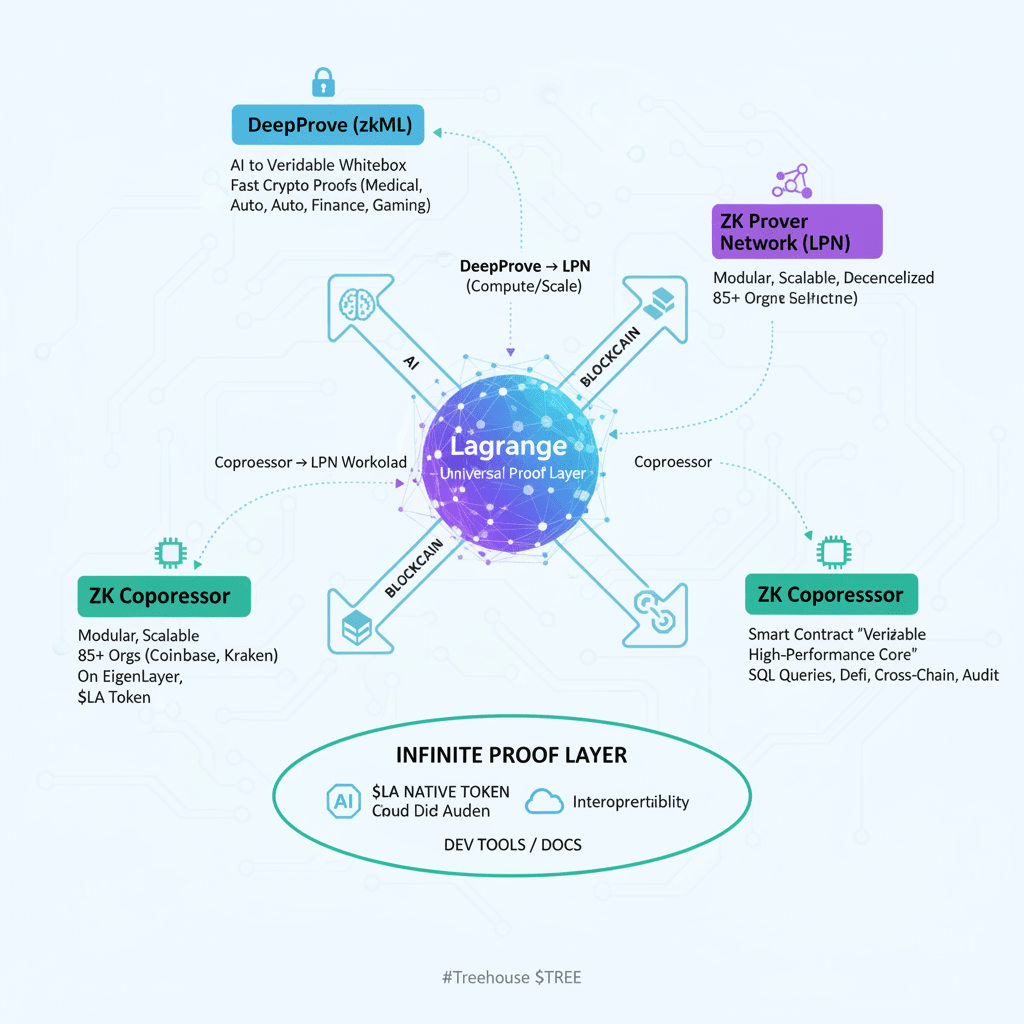I prefer to refer to it as a 'universal proof layer': providing verifiable computation, data, and decision-making for any application, emphasizing both speed and certainty.

First, let's look at DeepProve. It uses zero-knowledge machine learning (zkML) to turn the 'AI black box' into a 'verifiable white box', capable of generating cryptographic proofs for inference results, ensuring that 'it is indeed derived from the expected model and the conclusions are correct'. In terms of performance, it claims proof generation is about 1000 times faster, verification about 671 times faster, and can complete verification in less than 0.5 seconds, which means it has real-world 'enterprise-level usability' for high-demand scenarios such as healthcare, autonomous driving, financial risk control, Web3, and game content generation. With the arrival of stronger AI, this ability to shift from 'trust feeling' to 'mathematical certainty' can be considered a safety valve.
Let's take another look at the ZK Prover Network (LPN). This is a 'network of networks' that abandons monolithic architecture in favor of a modular and infinitely horizontally scalable approach: providing proofs for Rollups, powering cross-chain state verification, DApps, and enterprise applications, while reducing costs through a competitive market. It has the elements of production-level readiness: over 85 institutional operators participating (including Coinbase, Kraken, OKX, Nethermind), built on EigenLayer to ensure decentralization and security, paired with the DARA market for optimal prover selection, and providing automatic retries and SLA guarantees for delivery.
The third component is the ZK Coprocessor. It acts like a 'verifiable high-performance chip' for smart contracts, transforming on-chain data into a verifiable database, allowing queries using familiar SQL without the need for Merkle proofs or hosted oracles. The two-stage architecture (preprocessing and query execution) combines zkMapReduce parallelization, enabling complex calculations to be done off-chain, with only proofs submitted on-chain. Typical applications include multi-protocol DeFi analysis, cross-chain data aggregation and verification, as well as auditable governance voting and proposal systems.
These three components interlock: DeepProve's AI proofs are supported by the computational power and scalability of LPN; the workload of the Coprocessor is also handled by the network; together forming an 'infinite proof layer' covering verifiable AI, scalable ZK Rollups, complex off-chain computation, cross-chain interoperability, and enterprise-level implementation. Its ecosystem includes the native token $LA to drive the proof economy, has completed multi-chain integration, and provides developer tools and comprehensive documentation: from quick start with DeepProve, deep dives into network architecture, to Coprocessor tutorials and one-click access, and can also participate as a Prover in the network to earn rewards.
If you are evaluating how to bring AI decision-making and on-chain computation back to a 'verifiable track', Lagrange is worth including in your priority trial list: it effectively brings together engineering feasibility, economic efficiency, and safety boundaries. Looking to the future, proof is more persuasive than promises.



